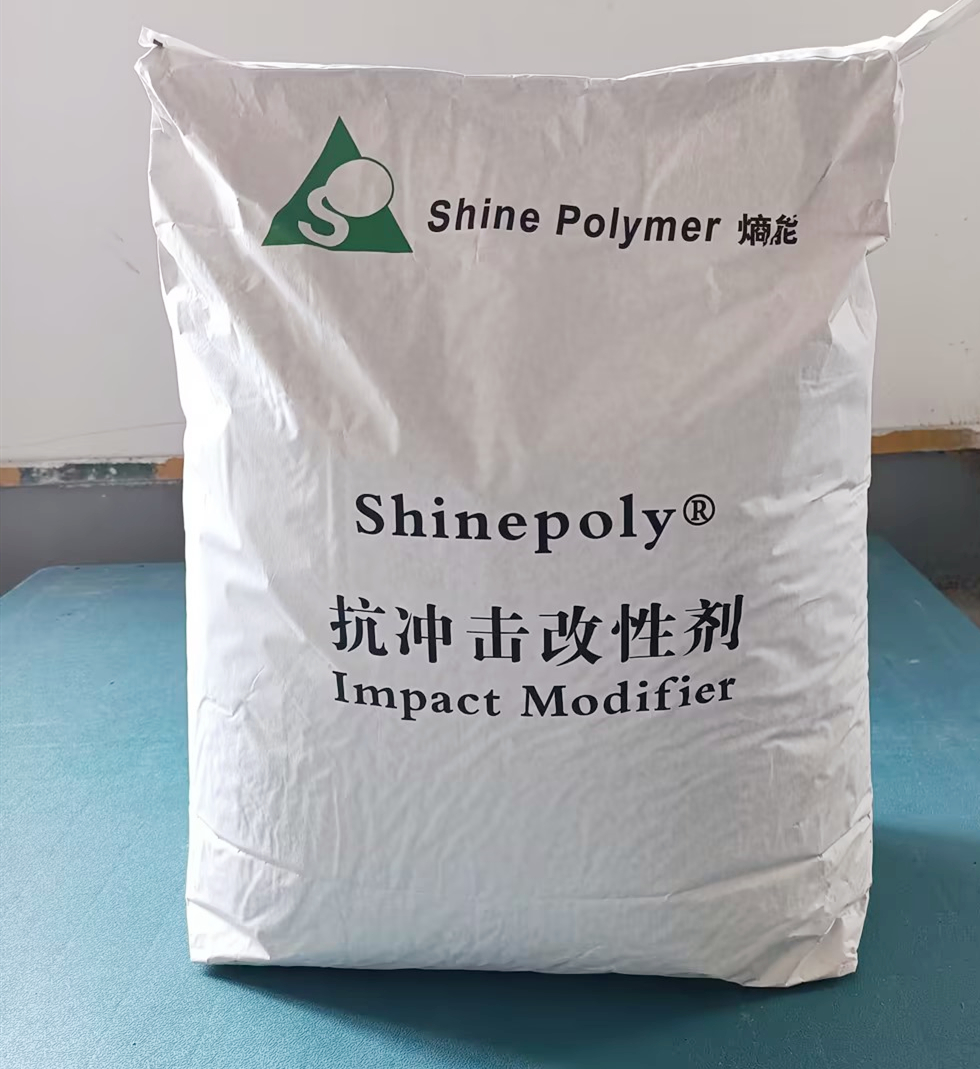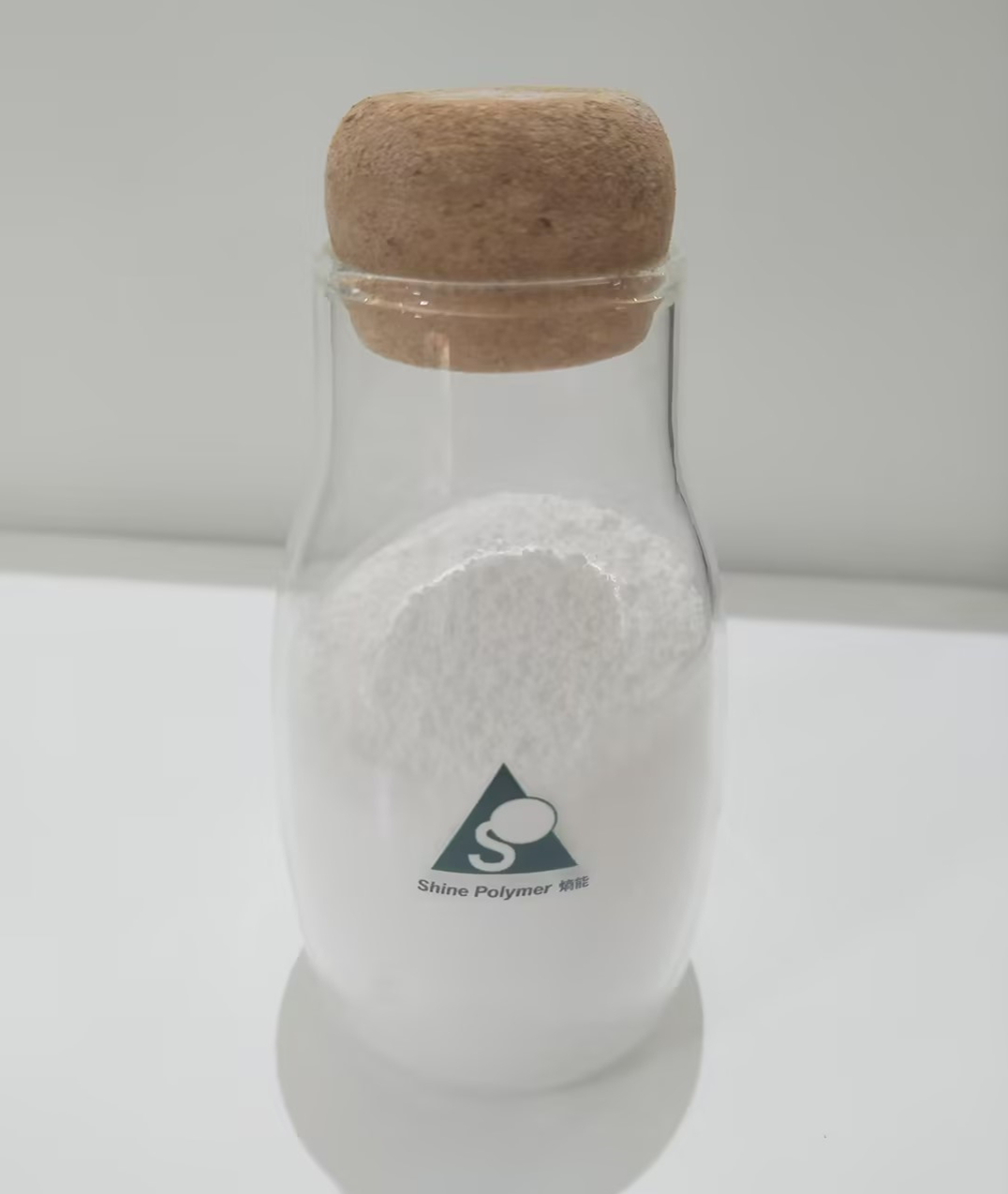Understanding Acrylic Impact Modifier
Acrylic impact modifier is a crucial additive in the polymer industry, designed to enhance the toughness and durability of different plastics. By modifying the polymer’s structure, it improves impact resistance significantly, which is vital in applications ranging from automotive components to consumer goods. When incorporated into formulations, acrylic impact modifiers provide not only better mechanical properties but also improve clarity and gloss in products. For instance, in the production of clear rigid PVC, the application of acrylic impact modifiers leads to end products that withstand greater stress and impact without compromising aesthetics. You can learn more about acrylic impact modifiers and their applications here.

Benefits and Applications of Acrylic Impact Modifier
The benefits of using acrylic impact modifiers extend beyond mere impact resistance. These additives contribute to enhanced processability during manufacturing, allowing for smoother flow and easier shaping of materials. In industries like construction and electronics, where materials need to be both durable and easy to form, acrylic impact modifiers play an indispensable role. Real-world applications include window profiles, where impact resistance and thermal performance are critical. By utilizing such modifiers, manufacturers can produce products that not only perform well under stress but also maintain operational efficiency in the production line. Thus, integrating acrylic impact modifiers into your processes ensures high-quality output while minimizing wastage.
Exploring ACR Processing Aid
ACR processing aid is essential for optimizing the performance of various polymer formulations. Known for enhancing processing characteristics, these aids facilitate smoother machining and extrusion, leading to significant efficiency improvements in production. In scenarios like the production of packaging materials, ACR processing aids provide better melt flow, enabling thinner films and faster production cycles without sacrificing physical properties. Moreover, the application of ACR processing aids can lead to cost savings by reducing energy consumption and minimizing wear on processing equipment. For those interested in improving the overall processing efficiency, ACR processing aid proves to be a critical addition to manufacturing workflows.

The Advantages of Integrating ACR Processing Aid in Manufacturing
Incorporating ACR processing aid offers numerous benefits particularly pertinent to polymer manufacturers. The improved flow characteristics can reduce cycle times in injection molding and extrusion processes, allowing manufacturers to increase output without compromising quality. For instance, during the production of automotive parts where precision and durability are paramount, ACR processing aids can streamline processes, enhance surface finish, and maintain structural integrity. These aids can also assist in overcoming common production challenges such as degradation and uneven thickness, which can result in defective products. By employing ACR processing aid, businesses can enhance their production capabilities, ultimately leading to better market competitiveness and customer satisfaction.
Summary and Recommendation
Through the integration of acrylic impact modifiers and ACR processing aids, manufacturers within the polymer sector can significantly enhance product durability, processing efficiency, and overall production quality. Understanding the unique benefits and applications of these additives allows industry professionals to make informed decisions that ultimately improve end-product performance. For those seeking reliable, high-quality solutions, Shine Polymer emerges as a leading supplier with advantageous manufacturing capabilities, ensuring that businesses have access to cutting-edge formulations for their production needs.
